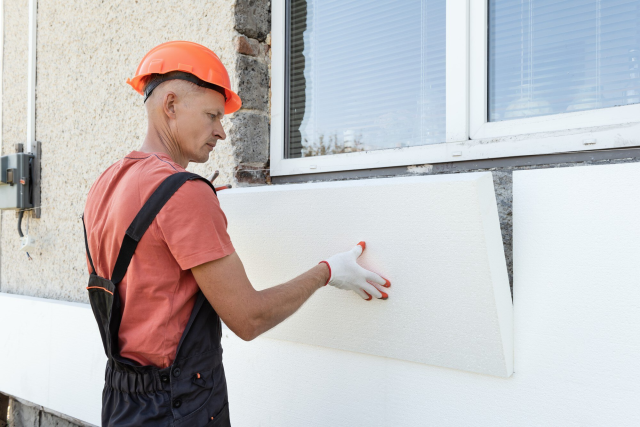
Moisture prone spaces like kitchens and bathrooms are a common challenge in construction. These areas are prone to moisture, leading to mold growth and structural damage. To counter this, builders and homeowners are seeking moisture resistant construction materials. This is where cement boards step in.
Cement boards are becoming game changers for moisture-prone environments. Unlike plywood or drywall, cement boards offer optimal durability and moisture resistance. They have the tendency to prevent issues like swelling and cracking.
How are cement board sales performing? According to Coherent Market Insights, global sales of cement boards are set to rise at 5.4% CAGR during the forecast period. Total industry valuation is anticipated to reach US$ 2.68 billion by 2030.
What Exactly is a Cement Board?
Cement boards are building materials often used in construction and renovation projects. They are made from cement and reinforcing fibers. These boards are durable and possess excellent fire and moisture resistance.
Cement boards are widely used as substrates for tile installations in kitchens, bathrooms, and other wet environments. They also find applications for exterior sliding. Apart from basic properties, long-term benefits of cement boards are also fueling their adoption.
Benefits of Cement Boards in Moisture-Prone Area
- Optimal Moisture Resistance
The primary benefit of cement boards that tops our list is their excellent moisture resistance. Cement boards are inherently water-resistant. This makes them ideal for wet environments. Builders and homeowners are increasingly using cement boards for wet areas for their moisture resistance properties.
Cement boards do not swell or deteriorate when exposed to moisture. As a result, they ensure the structural integrity of moisture-prone spaces over time. Courtesy of this, there is a growing trend of using cement boards in kitchens and bathrooms.
Conventional building materials like drywall, gypsum, and wood are prone to absorb moisture. Cement boards are designed to resist moisture absorption, thereby preventing swelling, cracking, and degradation over time.
- Mold and Mildew Resistance
Unlike drywall, cement boards have the tendency to inhibit growth of mold and mildew. This characteristic of cement boards is a key advantage in moisture-prone areas. By resisting mold growth, mold-resistant cement boards can contribute to healthier environments.
- Cement Board Durability
Cement boards are strong and durable. They can withstand the weight of tiles and stones without bending or breaking. These boards are also resistant to impacts.
- Fire Resistance
Cement boards are also naturally fire-resistant. They provide an additional safety layer in case of fire. This combination of fireproof properties and moisture resistance makes them ideal for spaces like kitchens.
- Easy Installation
Cement boards are easier to install than many other construction materials. They can be easily cut, drilled, and installed using standard tools.
Common Applications of Cement Boards
- Cement Board for Bathroom Walls and Floors
Water-resistant cement boards are widely used for bathroom floors, shower walls, and tub surrounds.
- Cement Board in Kitchens
Cement boards find application in backsplashes and countertops. They provide a durable and moisture-resistant surface for tiles.
- Cement Board for Swimming Pools
Another key application of cement boards is in swimming pools.
- Cement Board in Laundry Rooms
Cement boards have become ideal for laundry rooms. This is because they can withstand humidity and spills.






